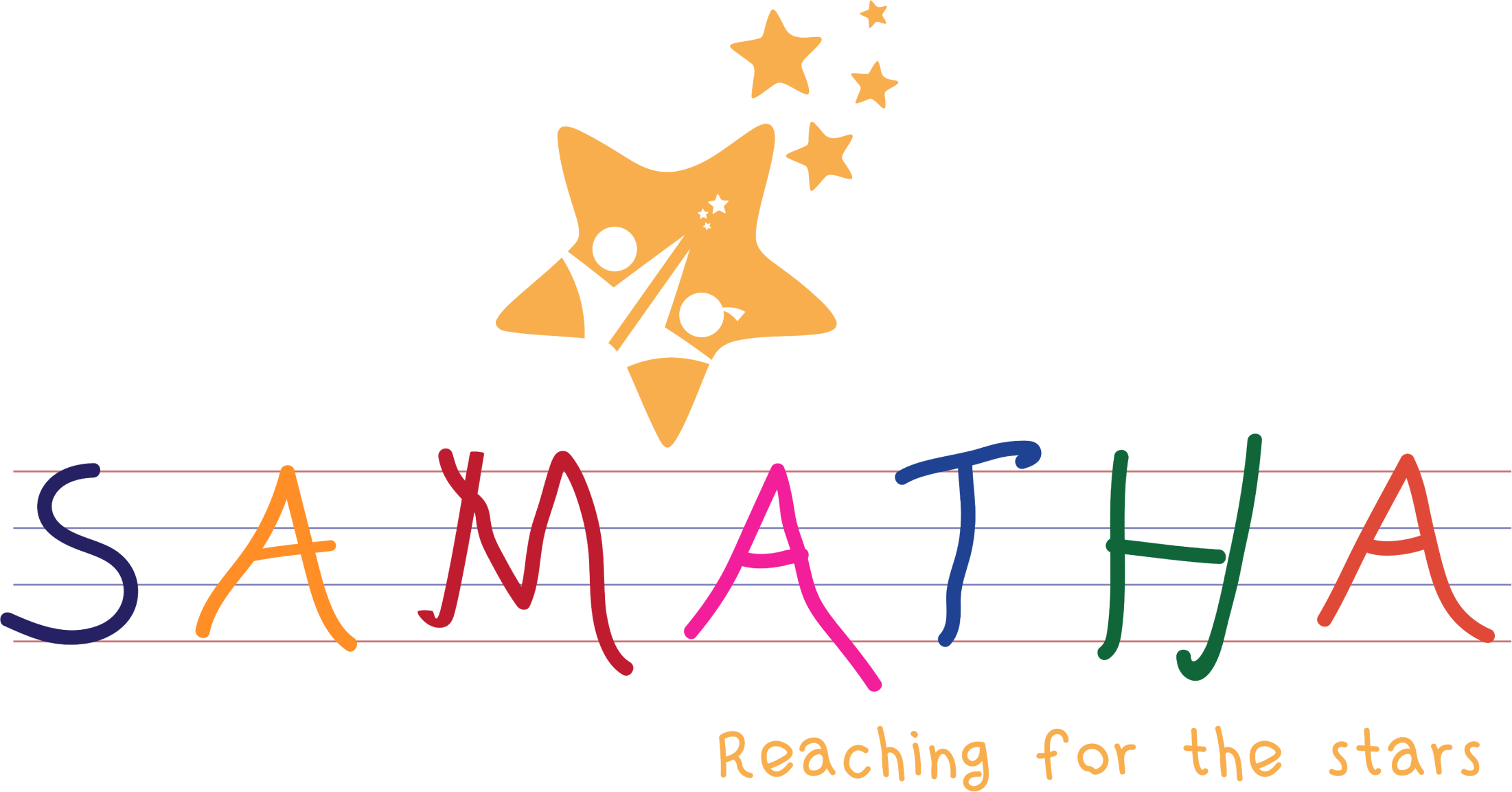When we learn something new, our brains have to make new connections, building new neural pathways. So lets look at how learning happens in a step wise process:
1. Attention: the brain needs to focus on the inputs to make connections to start with. If the inputs are coming through many modalities, the brain is usually able to make connections faster. So that is why multi sensorial approach is always recommended for teaching something new. Use a visual with auditory inputs and if you are writing things down or actually physically following the steps, the chances are of learning faster. And if you get to ask and clarify along the way, you make corrections while the connections are being made. Otherwise the wrong connections or inaccurate learning has to be later erased before the correct one can be put in its place.
2. Vocabulary- when I was learning to drive, I realized, when I wanted to stop, I had to press the brakes. And my brain had to tell my leg where it was. If my brain told my hand to move from 1st to 2nd gear when I wanted to press the brakes, then it would go all wrong, correct? I had to know the correct vocabulary first.
3. The learning path- When we learn anything, our brain understands the sequence of steps to follow. Initially we do it slowly, with a lot of effort because new connections are just being made in the brain. And we execute the sequence faster as the connections get stronger. That is when we have learnt something new.
4. Practice makes perfect- Like with anything, the new connections are reinforced with practice, and they get stronger with each repetition. And the strong the connections, the deeper the learning, the more concrete it is for us
With disuse the connections can be lost or die out. If you stop using the skill soon after you have learnt it, you will forget it soon too. The new connections the brain made will degenerate. If after learning the skill, you use it over time but after a certain period you stop, it will take longer to lose the connections. When after a break, you get back to using the skill, you will find that you do have some of it but its not as easy as it was earlier. And again after practicing for a little time, you seem to have gotten it back.
This is the same when typical and atypical children learn. Each step just needs to be customized for the specific support the child needs.
Now think of something you have been trying to teach and have been disappointed with the results. Have you figured out where you need to do something differently to change the outcome?
#samathalearning #learningisfun #equalforall #specialeducationneeds #teaching #students #educationforall #motivation #brainplasticity #learningskills
https://m.youtube.com/watch?v=ELpfYCZa87g#menu

